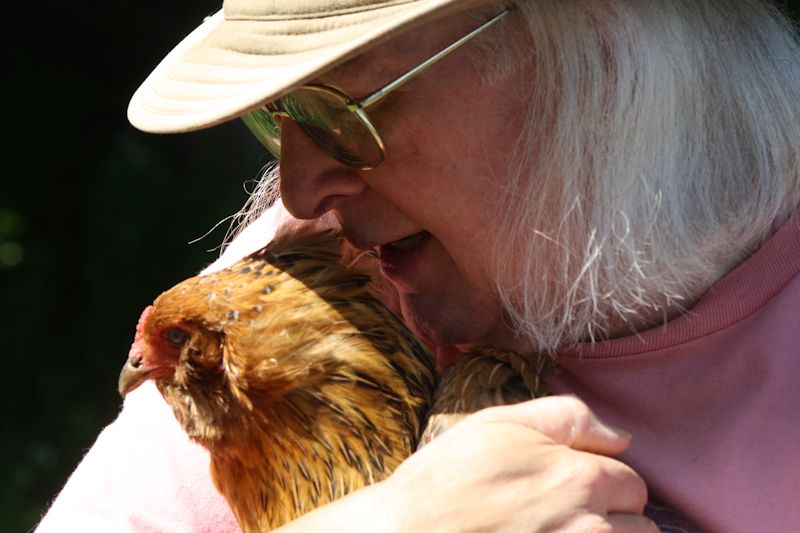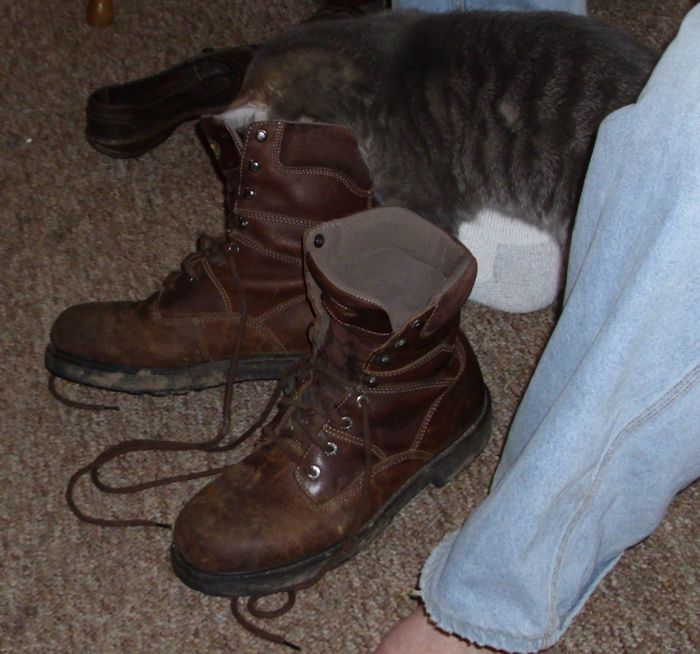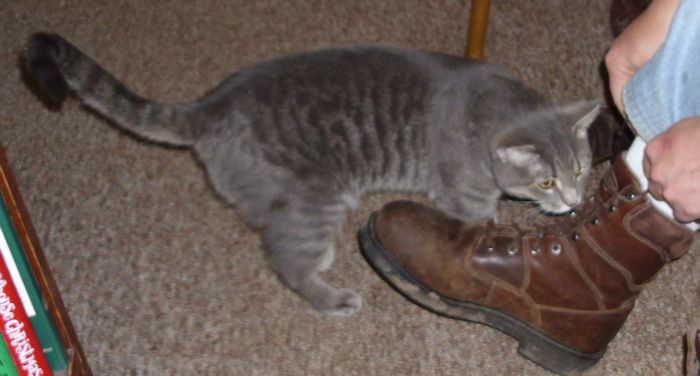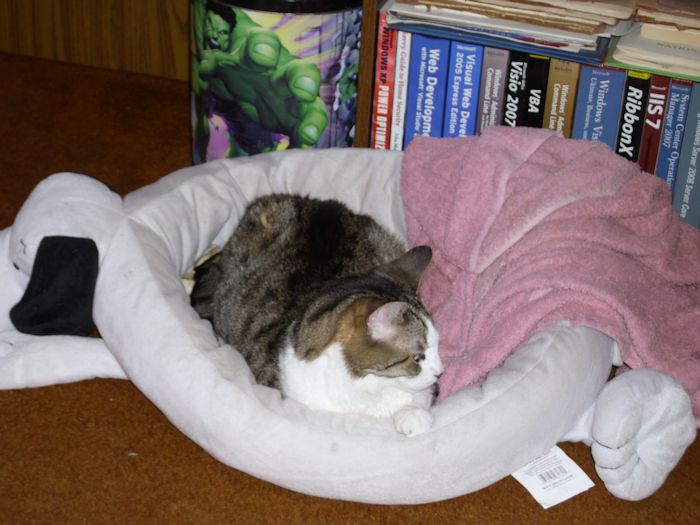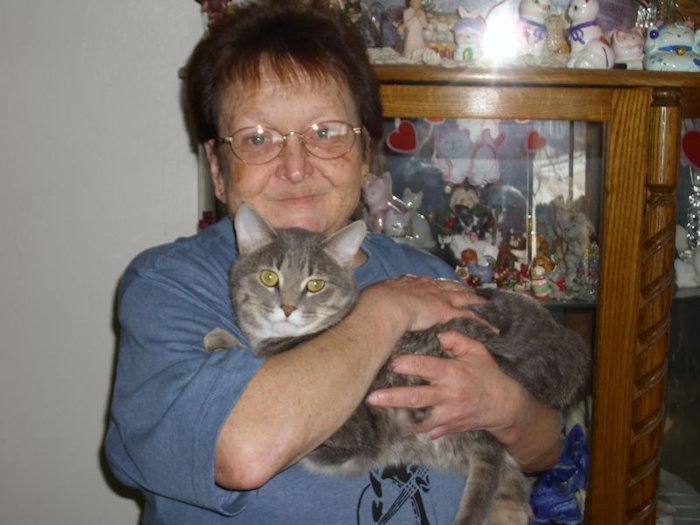Now that the summer weather is truly come to stay, I’ve turned my attention more fully to keeping my animals cool. I’ve talked about this issue before as part of my Keeping Your Animals Healthy in Hot Weather post. However, over the years I’ve learned a few more tricks of the trade. The first is to keep the house at the same temperature as the outside as long as practical and rely on ceiling fans as much as possible. The approach saves money, of course, and makes my house more environmentally friendly as well, but it also seems to spare my animals some level of shock. This is especially the case with my dogs, who must go outside at various times during the day. For the comfortableness of my dogs, I thought it might be best to start checking the temperature outside before I let them out, so I found a weather sensor that I could use to monitor whether it’s suitable weather for me to let them out. I decided to purchase an outdoor sensor because I was actually finding that my dogs weren’t doing as well as they could when they got back in from outside, and I think it was due to the shock of temperature change they felt. Giving them somewhere to rest when they’re experiencing uncomfortable changes in temperature could be helpful in settling their mood. Beds like the ones reviewed by Pupster Passion could be the perfect place for your dogs to stay cool in the shade on a hot day.
Of course, I also run my business out of the house, which means computers generating lots of heat and not liking to be overly hot. All of my computers have temperature sensors that monitor motherboard and chip temperatures as needed. I actually found that most systems today can run in higher temperatures as long as you keep the air circulated in the room. So, I now keep my house between 75 and 80 on hot days and rely on ceiling fans to keep the air circulating in my office. Because the office is where I’m generating the most heat, I monitor the temperature there, rather than the dining room (which contains the air conditioner thermostat). An office temperature of 80 can actually equate to a house temperature of about 75, which is quite comfortable. I adjust the thermostat as needed to keep the office at 80, rather than trying to keep the rest of the house at a specific temperature. Sometimes I’ll use my HVAC to maintain temperatures in the house; using services form the likes of One Hour Magic – https://onehourmagic.com/ – can help to keep my air conditioning system in working order for when it’s needed the most.
It is very important that, if you have animals who live outside, at the very least you provide them with shade and plenty of clean water. If you have livestock with no access to proper shade, then you are risking all sorts of complications. Perhaps the best course of action would be to look for steel buildings for sale. These buildings are durable, easy to construct and would provide ample shade for any animals who are outside. Everyone at my place gets shade during the summer months. However, I’ve been smart in the way I’ve provided shade. The shade is at the back of the cages and coop. The shade elements (mostly trees), hang slightly over the cages, coop, and run area. The front of the cages and coop are left as open as is possible so any breeze whatsoever can help keep the animals cool. Even so, I must still bring some of the rabbits in during really hot days and the chickens get their bucket of cooling water (they wade in it). It’s absolutely essential that the animals all have clean, cool water to drink, which means going out to change the water several times each day. I usually go out three times daily to check on everyone and make sure they’re doing well.
The cats are always the easiest to please. Smucker still loves to sleep in the bathtub on hot summer days. Sugar Plum likes the floor in the other bathroom. I tend to leave them alone except for the checks I make on them.
Animals still need hugs during the summer months and they still need play time. I’ve been getting out at 5:00 to ensure that I take care of these needs when it’s still cool. During the day I leave the animals completely alone and do everything I can to help them rest comfortably. Making sure you keep track of your animals and address their needs is one certain way to keep them around longer and to enjoy your time with them more. Let me know your thoughts about keeping animals cool at [email protected].

